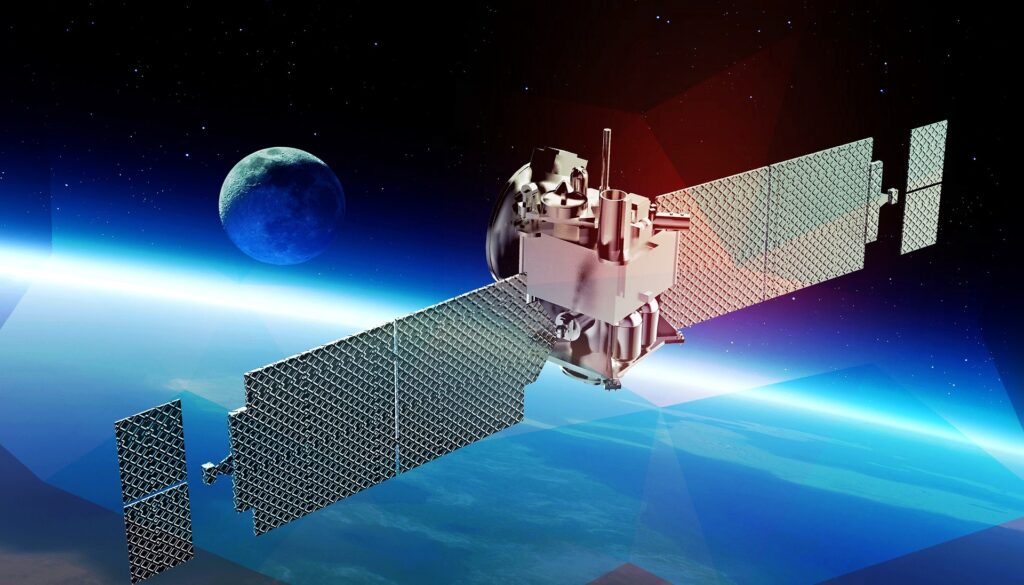British aerospace company Blue Skies Space has been selected by the Italian Space Agency to design a new satellite mission. The goal: send a fleet of satellites to orbit the moon and help uncover secrets from the early universe. These satellites will listen for faint radio signals that date back to less than a million years after the Big Bang.
The space mission will explore a time known as the cosmic dark ages, long before stars or galaxies had formed. The project is currently in the design study phase, backed by €200,000 in funding.
Why the Far Side of the Moon Is Key
These ancient signals exist in the FM radio range, but detecting them from Earth is nearly impossible. Human-made noise, like broadcasts and electronics, drowns them out.
That’s why the far side of the moon is so important. It’s always facing away from Earth and naturally blocks out radio interference. This quiet zone in space offers a perfect place for radio astronomy.
“This could help us understand how the large-scale structure of the universe began to take shape,” said Dr Marcell Tessenyi, CEO of Blue Skies Space.
A Fleet of CubeSats for Deep-Space Listening
The plan involves building and launching at least four small satellites, known as CubeSats, into lunar orbit. These tiny satellites are cost-effective and built using commercial parts. If successful, they will orbit the moon and detect weak signals from the early universe.
The design phase will study if these CubeSats can hold the right position, remain stable, and capture the signals effectively. The team will also explore how to send data back to Earth using future lunar communication systems.
Support from ESA’s Moonlight Programme
To make this mission possible, the satellites will rely on the European Space Agency’s Moonlight programme. This project will launch satellites to offer navigation and communication services around the moon—similar to GPS on Earth.
By connecting to this system, the CubeSats will be able to share their data in real time and maintain precise orbits.
“Using ESA’s Moonlight network, we can achieve something that was nearly impossible before,” said a Blue Skies Space engineer working on the project.
Rising Global Interest in Lunar Radio Astronomy
Blue Skies Space is not alone in this field. Interest in moon-based radio astronomy is growing quickly.
Last year, NASA tested a radio telescope called ROLSES-1, which was part of the Odysseus lander mission. Despite a rough landing, the telescope survived and began taking measurements.
Later this year, NASA and the U.S. Department of Energy will launch LuSEE-Night, a new telescope bound for the moon’s far side. There are also long-term plans to build a giant radio telescope inside a lunar crater, using robots to lay a wire mesh that would act as an antenna.
Exploring the Cosmic Dark Ages
The signals targeted by the Blue Skies Space mission come from a time before the first stars existed. These signals could help scientists map how matter was spread out across the universe.
This could answer major questions, like how galaxies formed and what happened just after the Big Bang.
If successful, the mission would mark one of the first steps in building a radio observatory in space, far from Earth’s noise and distractions.
